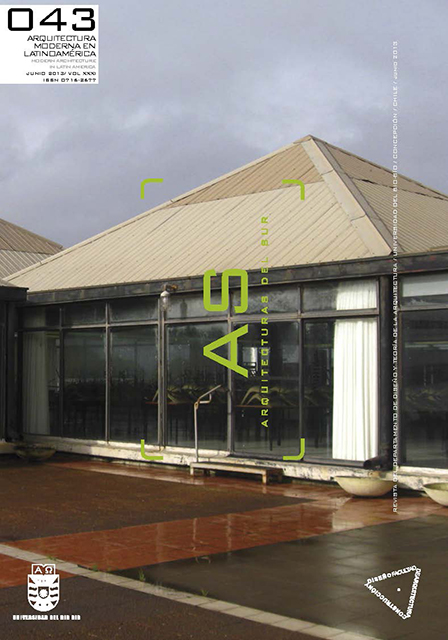Modern architecture in Argentina: The "Automóvil Club Argentino" and the representation of power (1935 – 1946)
Keywords:
YPF-ACA plan, Argentina, gas stations, modern architecture, representation of powerAbstract
In the mid-1930s, YPF and the ACA forged a partnership that is still active today. The developed plan included the construction of gas stations and social centers for the Automobile Club. Its fulfillment took over a decade and involved a highly complex level of organization due to the diversity of the program and the extent of the network. By examining the different territorial, architectural and institutional aspects involved we explain how the architectural production of the ACA was conceived, starting out from an innovative functional program. Our analysis reflects the constantly changing mindset of the time, which swung between the urge to express a modern image and the desire to reveal an identity associated with the vernacular culture. In the works executed between 1935 and 1946, we verify the way power was represented through the modernist expression of architecture in order to highlight, amongst other things, institutional efficiency and effectiveness.
Downloads
Downloads
Published
How to Cite
Issue
Section
License
The content of the articles published in each issue of Arquitecturas del Sur is the sole responsibility of the authors and does not necessarily represent the opinion of University of the Bío-Bío.
The authors will maintain their copyright; however, they will guarantee the journal the right to first publication and dissemination of their work. The publication of the article in Arquitecturas del Sur will be subject to the Creative Commons International license (CC BY-SA) that allows others to adapt: remix, transform and build on the material for any purpose, even commercially; share: copy and redistribute the material in any medium or format, as long as the authorship and first publication in this journal are acknowledged by citing them correctly, and their new contributions are under a license with the same terms.














 Programa de Información Científica/Concurso Fondos de Publicación de Revistas Científicas 2018/ Proyecto Mejoramiento de Visibilidad de Revistas UBB (Código:FP180007)
Programa de Información Científica/Concurso Fondos de Publicación de Revistas Científicas 2018/ Proyecto Mejoramiento de Visibilidad de Revistas UBB (Código:FP180007) 
